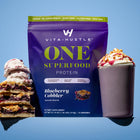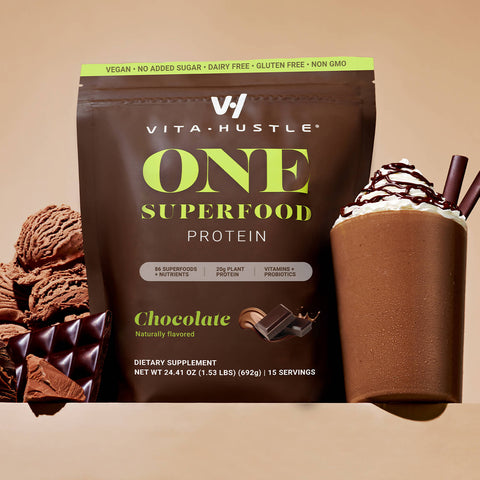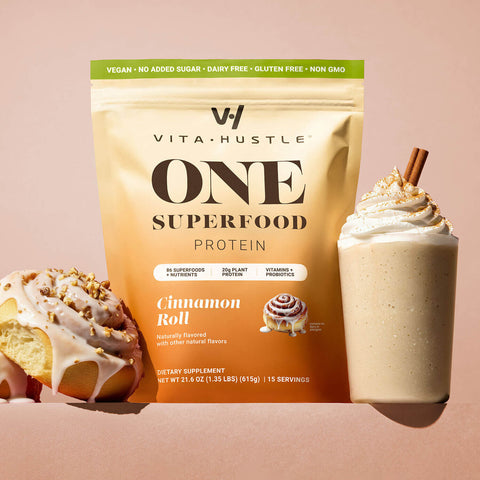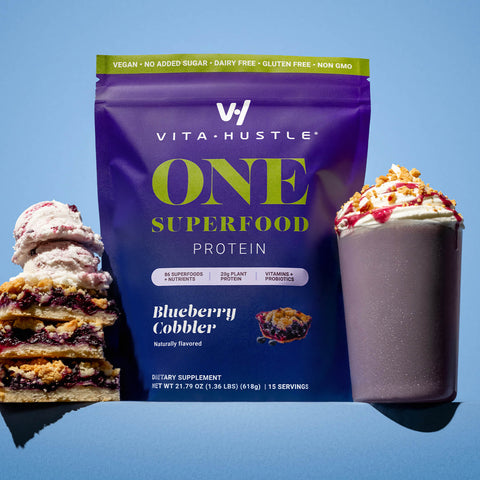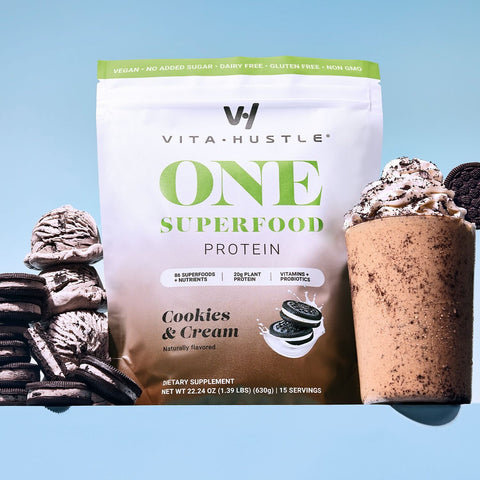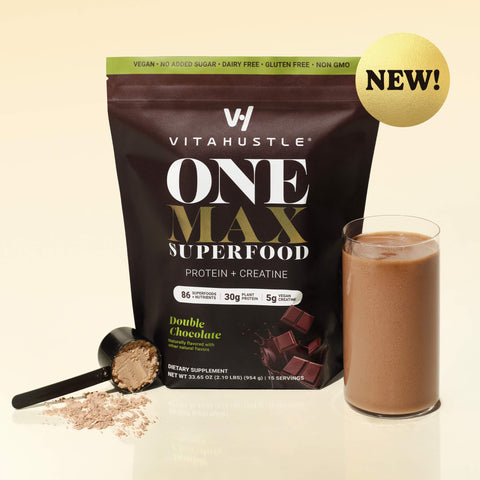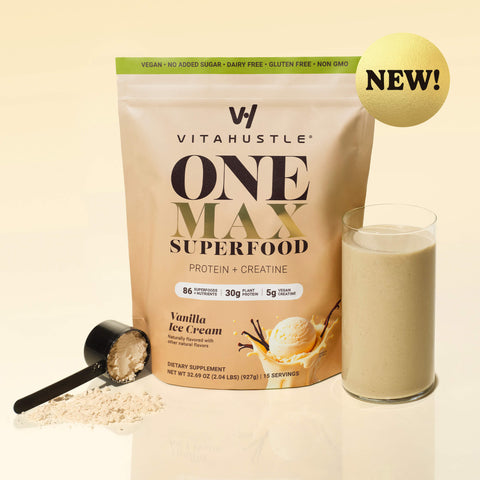When you have five different things to do and the gym is one of them, how often does the gym get dropped from the list for something that feels more obligatory? Don’t answer that. We know. Ask anyone these days if they are busy, and you will invariably get the same answer: Crazy-busy.
So how do you nurture a career, tend to your side-hustle, care for your partner and family, and still get in a workout? It’s not easy, but it’s possible. We’ve sketched out a simple 1-2-3 plan to fit your workouts into your busy week. They may not be the workouts of your dreams or look like sessions that Insta-celebs post, but they will be enough to make you strong, healthy, and looking good.
- Sit down and have an honest assessment of your week. We all want to do cardio in the morning, hit the weights at night, and do a yoga class at lunch five days a week, but that is not going to happen. Can you block out 40 minutes three times a week? Put those on your calendar.
- Once those sessions are on your schedule, they are non-negotiable. When a conflict arises (and it will) treat those workouts like they are appointments with your dentist or tax guy. When you accept that these workouts are your priority, it actually decreases the stress you feel about fitting them into your day.
- Before each workout, create a plan. You need to walk into the gym with your mission fully fleshed out so you don’t waste any time. When time is limited, the impetus should be placed on weight training. When it comes to changing body composition, as well as positive improvements in bone density, hormone levels, and metabolic markers, 20 minutes of weight training is much more efficient than 20 minutes of cardiovascular exercise.
Here’s a brief sketch of how to organize a short, but effective workout:
- 60 minutes: Begin with 40 minutes of weight training, followed by 20 minutes of steady-state cardio of your choice.
- 40 minutes: Hit the iron for 30 minutes, focusing on compound movements that use the big prime mover muscle groups: squats, deadlifts, bench press, rows, overhead press, pull-ups. Finish with 10 minutes of high-intensity cardio on a total-body machine such as an assault bike (Airdyne), rowing machine, ski ergometer, or even interval sets of burpees.
Tip: For more mature enthusiasts (45 years old and above) who may prioritize heart health, splitting up the session into 20 minutes of weights and 20 minutes of cardio is a good idea.
- 20 minutes: Perform 20 minutes of agonist/antagonist weight-training. A favorite of a young Arnold Schwarzenegger, this technique helps you pack in a large dose of volume and intensity in a short period of time. Pick two opposing muscle groups (biceps/triceps, chest/back, quads/hamstrings) and alternate sets of each muscle group. That way, one set rests while the opposite works.
Even the most efficient workouts will leave something on the table. That’s where homework comes in. At home, perform 15-20 minutes of foam rolling, static stretching, and core work. Give each modality five minutes or prioritize to suit your specific needs. This type of basic maintenance is important for improving recovery and staving off injury.



